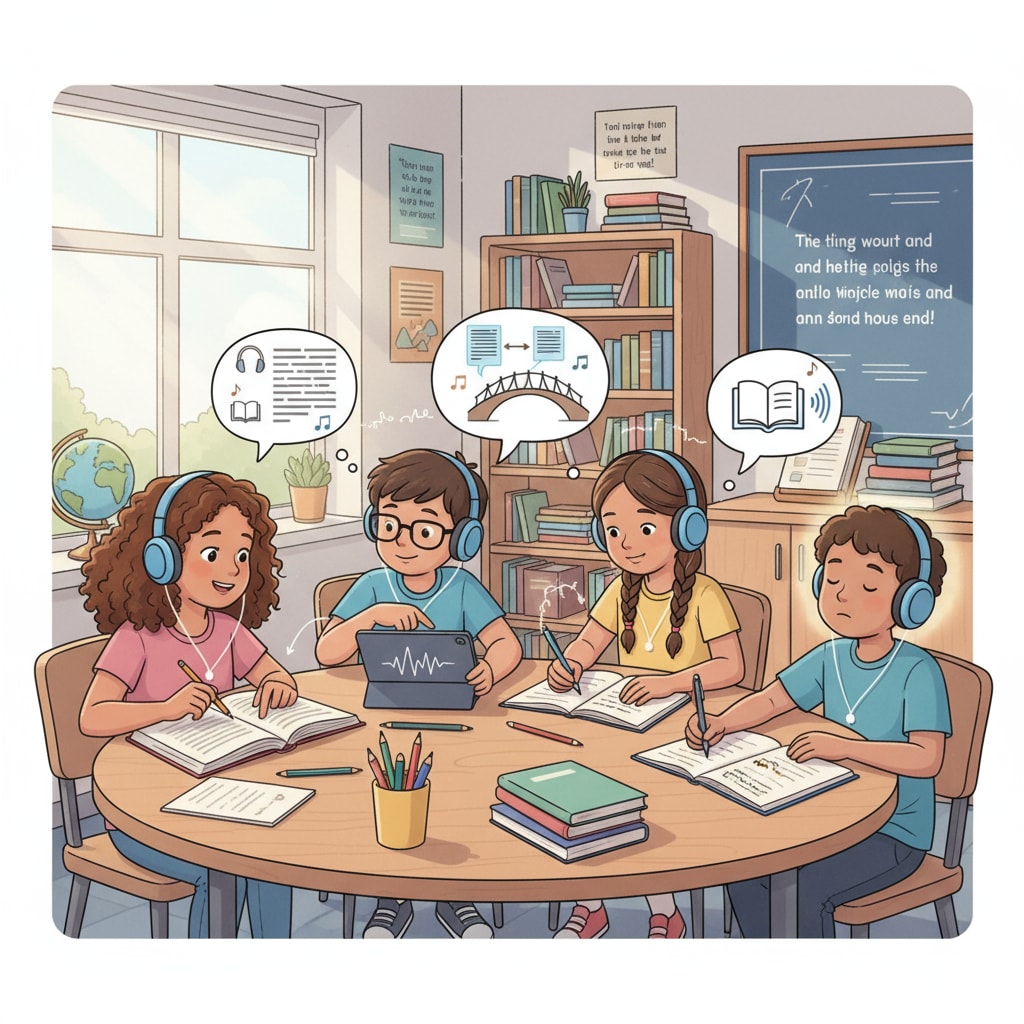In the realm of middle school language arts courses, the question of whether audiobooks can serve as a viable alternative to traditional reading has sparked a lively debate. With reading fluency on the decline among students, understanding the role of audiobooks becomes crucial.

As technology continues to evolve, audiobooks have become increasingly accessible, leading educators to consider their potential benefits in the classroom.
The Rise of Audiobooks in Education
Audiobooks have witnessed a significant surge in popularity in recent years. According to the American Library Association, the use of audiobooks among students has been steadily increasing. This growth can be attributed to several factors. Firstly, the convenience factor plays a major role. Students can listen to audiobooks while commuting, doing chores, or during downtime. This flexibility allows them to engage with literature in ways that were not possible before.

The Impact on Reading Fluency
One of the key concerns when considering audiobooks in language arts courses is their impact on reading fluency. Fluency, defined as the ability to read text accurately, smoothly, and with expression, is a fundamental skill in language learning. Some educators argue that listening to audiobooks can enhance fluency. For example, students can learn proper pronunciation, intonation, and rhythm by listening to professional narrators. On the other hand, critics worry that relying too much on audiobooks may hinder the development of essential reading skills such as decoding and word recognition.
Readability guidance: By breaking down the discussion into sections like the rise of audiobooks and their impact on fluency, we can better understand the complex relationship between audiobooks, reading fluency, and language arts courses. Each section presents a clear perspective, and transition words like “firstly” and “on the other hand” help to guide the reader through the analysis.
The Benefits of Audiobooks in Language Arts
Apart from potential fluency benefits, audiobooks offer several advantages in language arts courses. They can increase students’ engagement with literature. For instance, students who may be intimidated by long texts or have difficulty concentrating while reading silently may find audiobooks more appealing. Additionally, audiobooks can expose students to different genres and styles of writing, expanding their literary horizons. As noted by Reading Rockets, audiobooks can also support struggling readers by providing a model of fluent reading.
The Drawbacks of Audiobooks
However, audiobooks also have their limitations. One significant drawback is the lack of visual engagement. When reading a physical book, students can see the words on the page, which aids in comprehension and vocabulary development. Moreover, some students may have difficulty staying focused while listening to an audiobook, especially if the content is complex. There is also a concern that students may not fully understand the text without the opportunity to reread or analyze it in the same way as they would with a traditional book.
Conclusion: In conclusion, the use of audiobooks in middle school language arts courses is a complex issue. While they offer certain benefits in terms of engagement and potential fluency improvement, they also come with drawbacks. Educators should strive for a balanced approach, integrating audiobooks as a supplementary resource rather than a complete replacement for traditional reading. This way, students can enjoy the advantages of both auditory and visual reading experiences, ultimately enhancing their overall language skills in the context of language arts courses.


